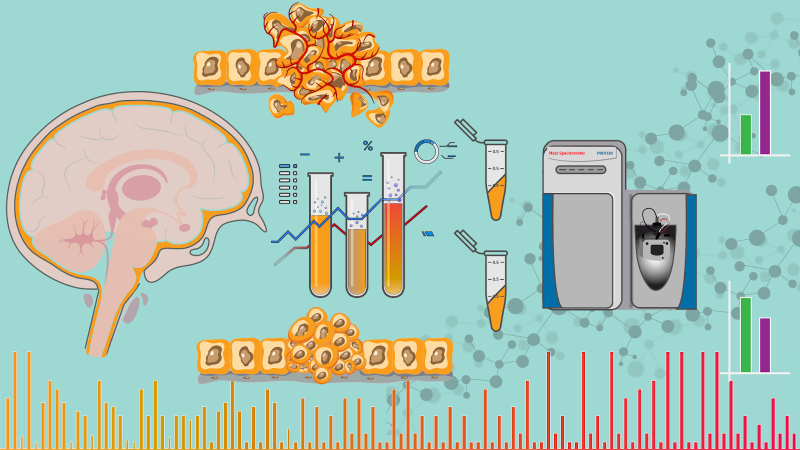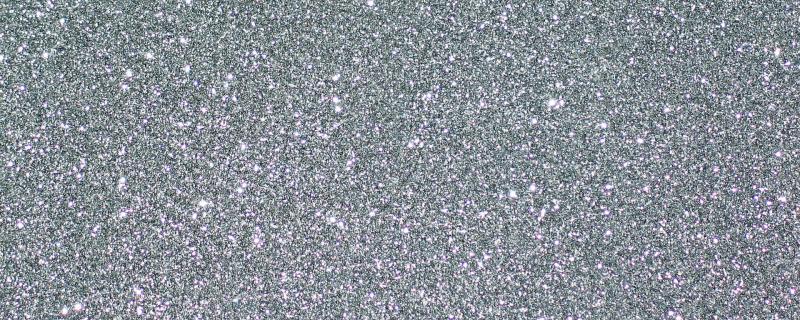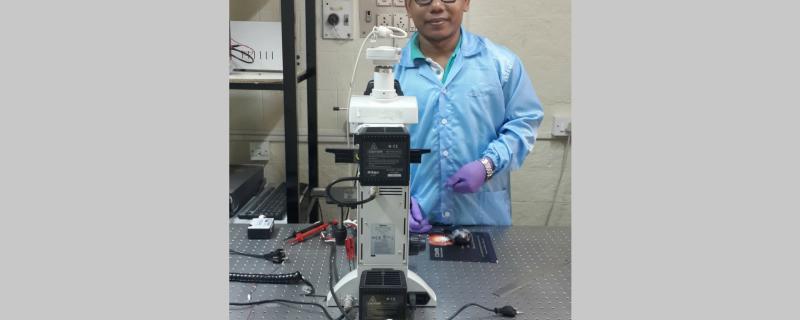A team of researchers from Indian Institute of Science (IISc), Bengaluru, Max Planck Institute for Intelligent Systems, Stuttgart, Germany, and University of Stuttgart, Stuttgart, Germany have developed a novel silver nanoparticle-graphene hybrid photodetector device with an increased ability to detect Ultraviolet light.
A set of proteins have been identified from tumour and blood samples for the diagnosis and prognosis of meningiomas that could predict meningioma severity.
Mumbai/ Apr 5, 2024



